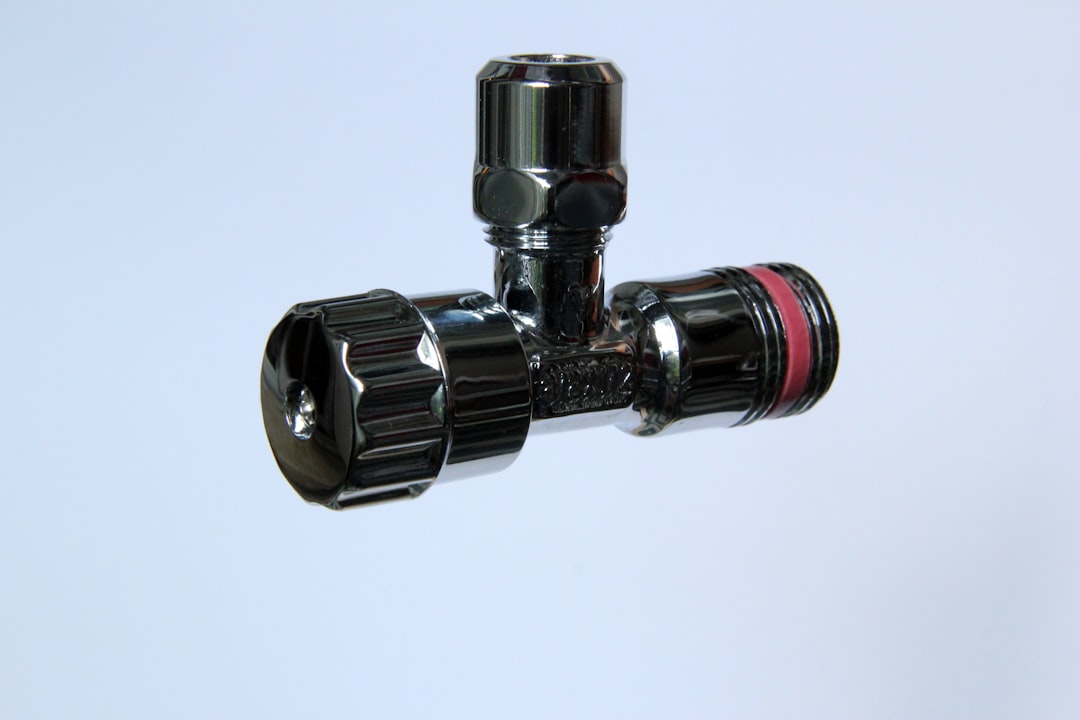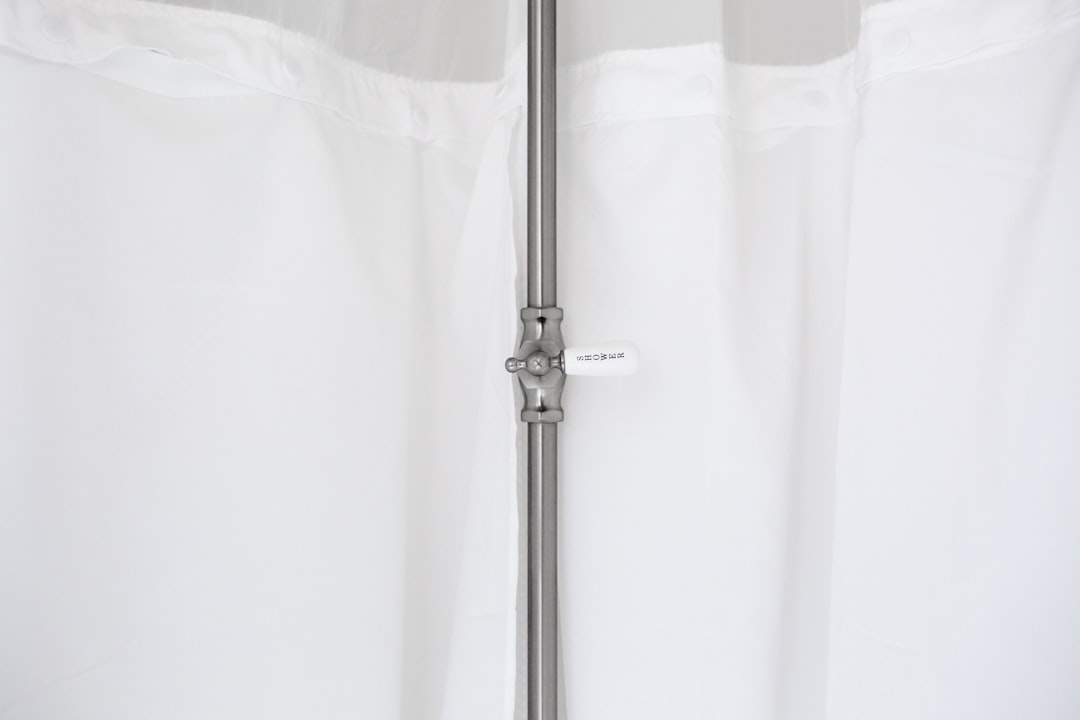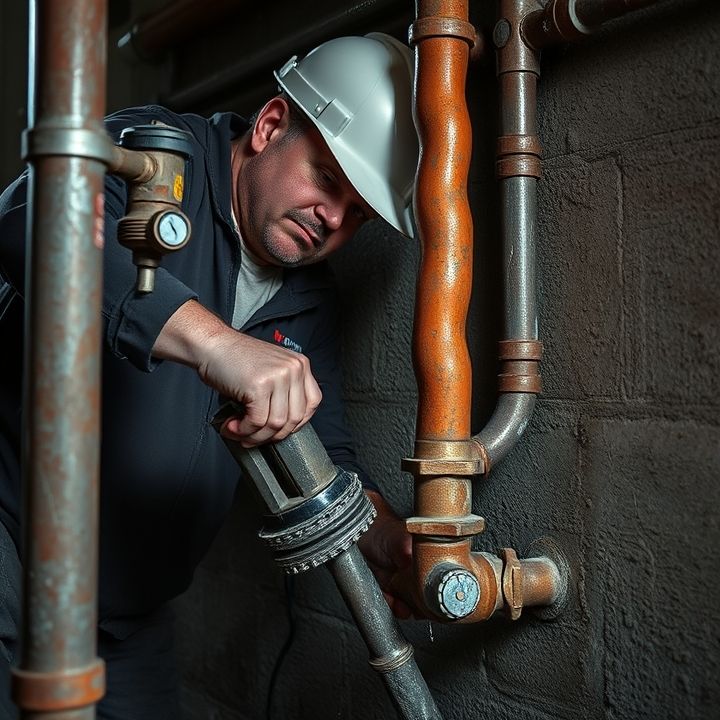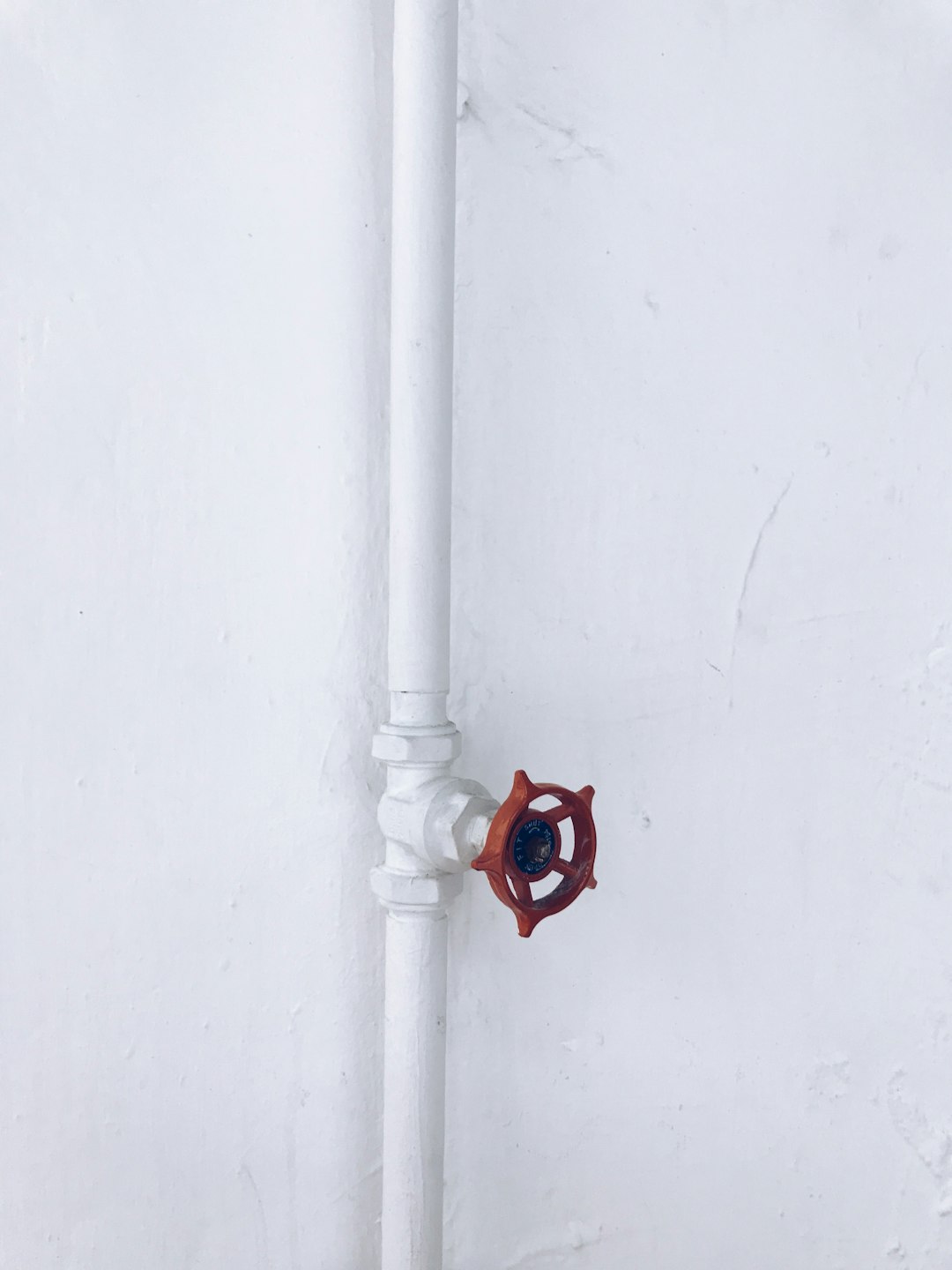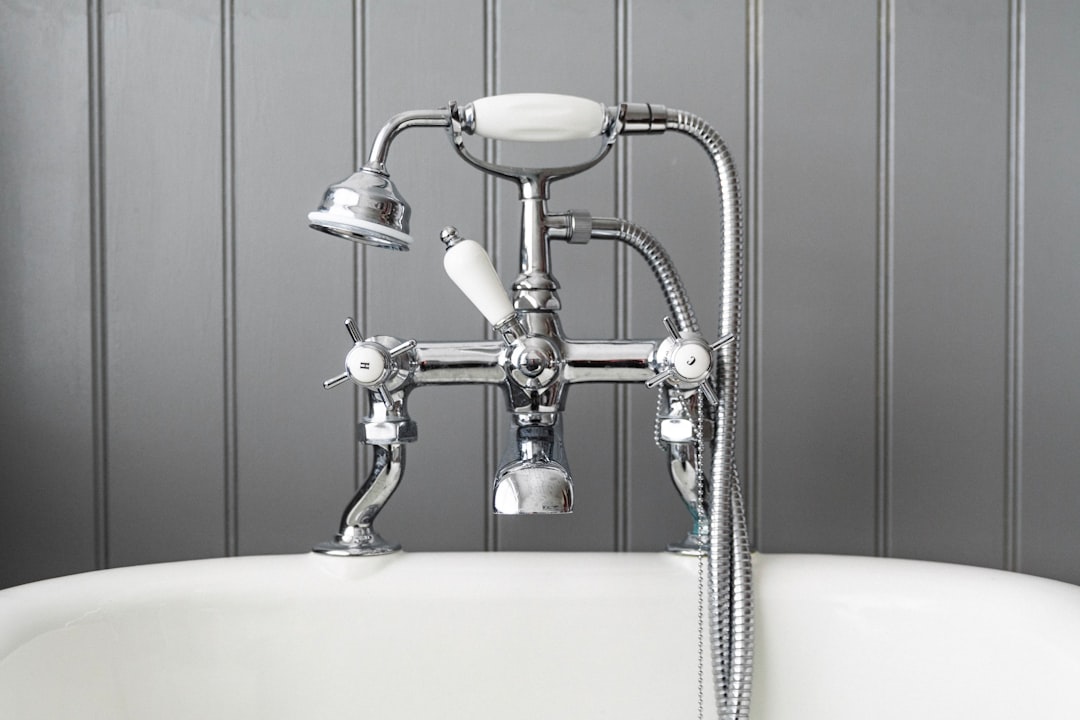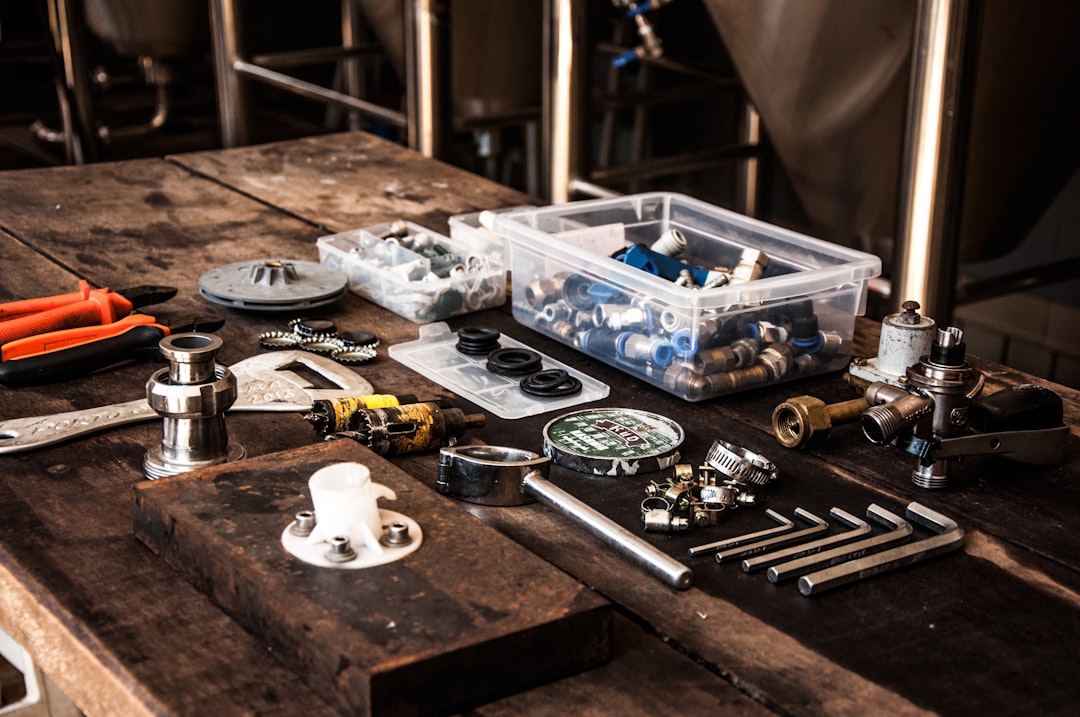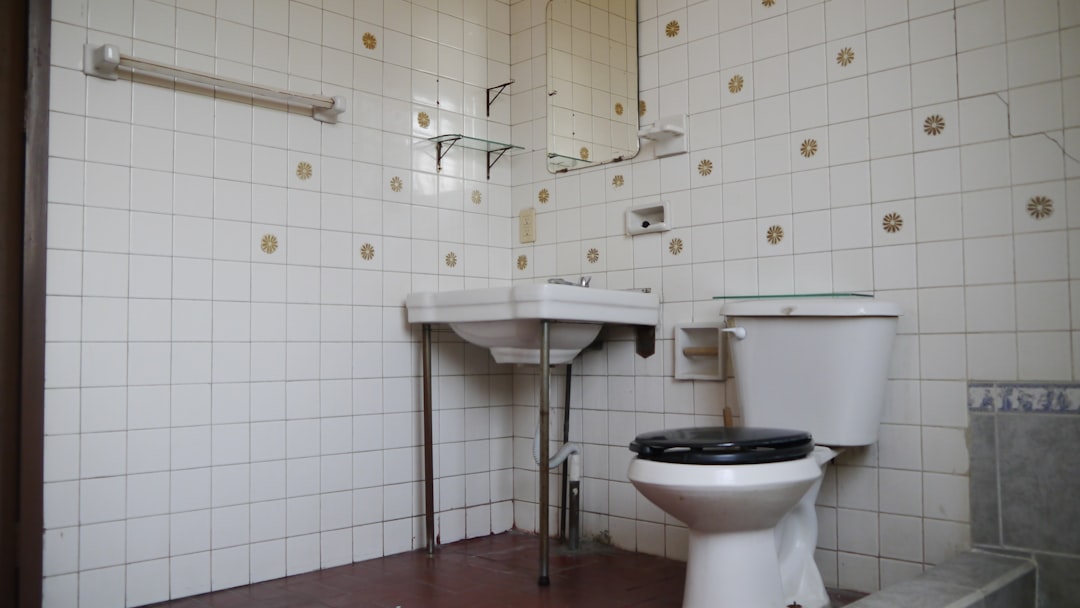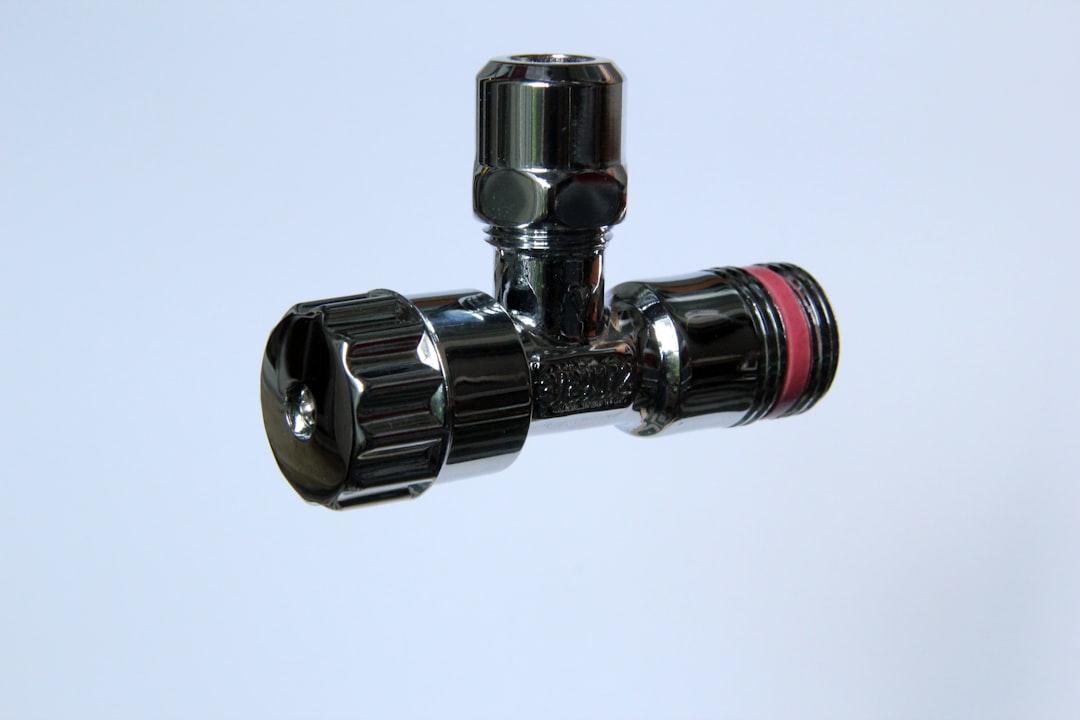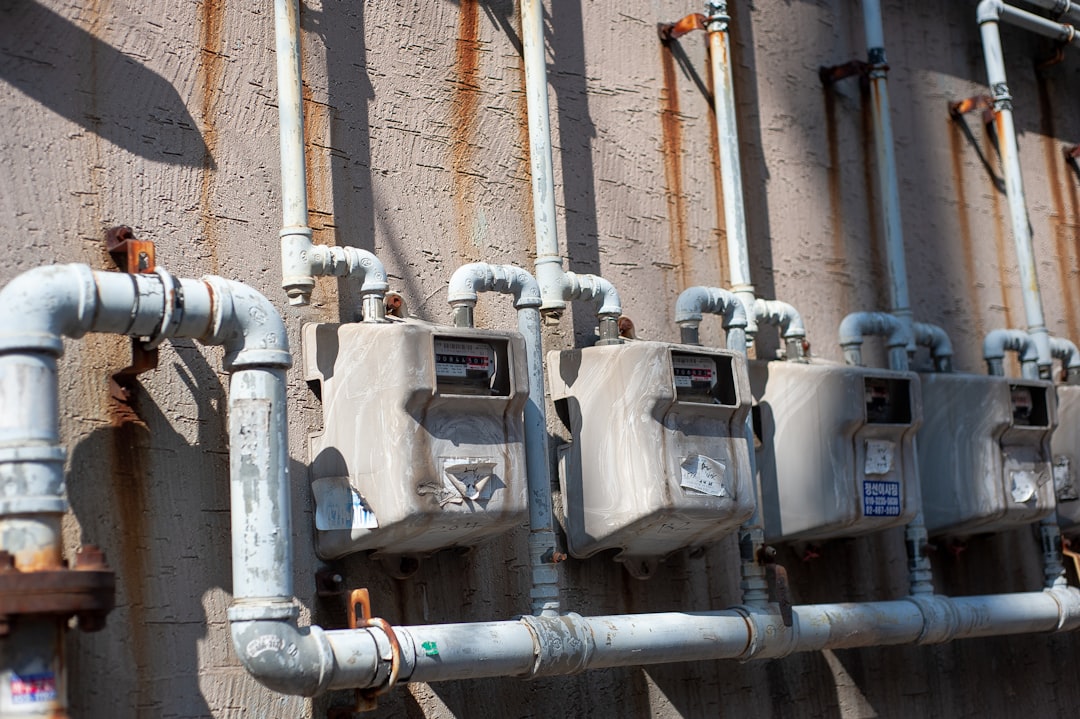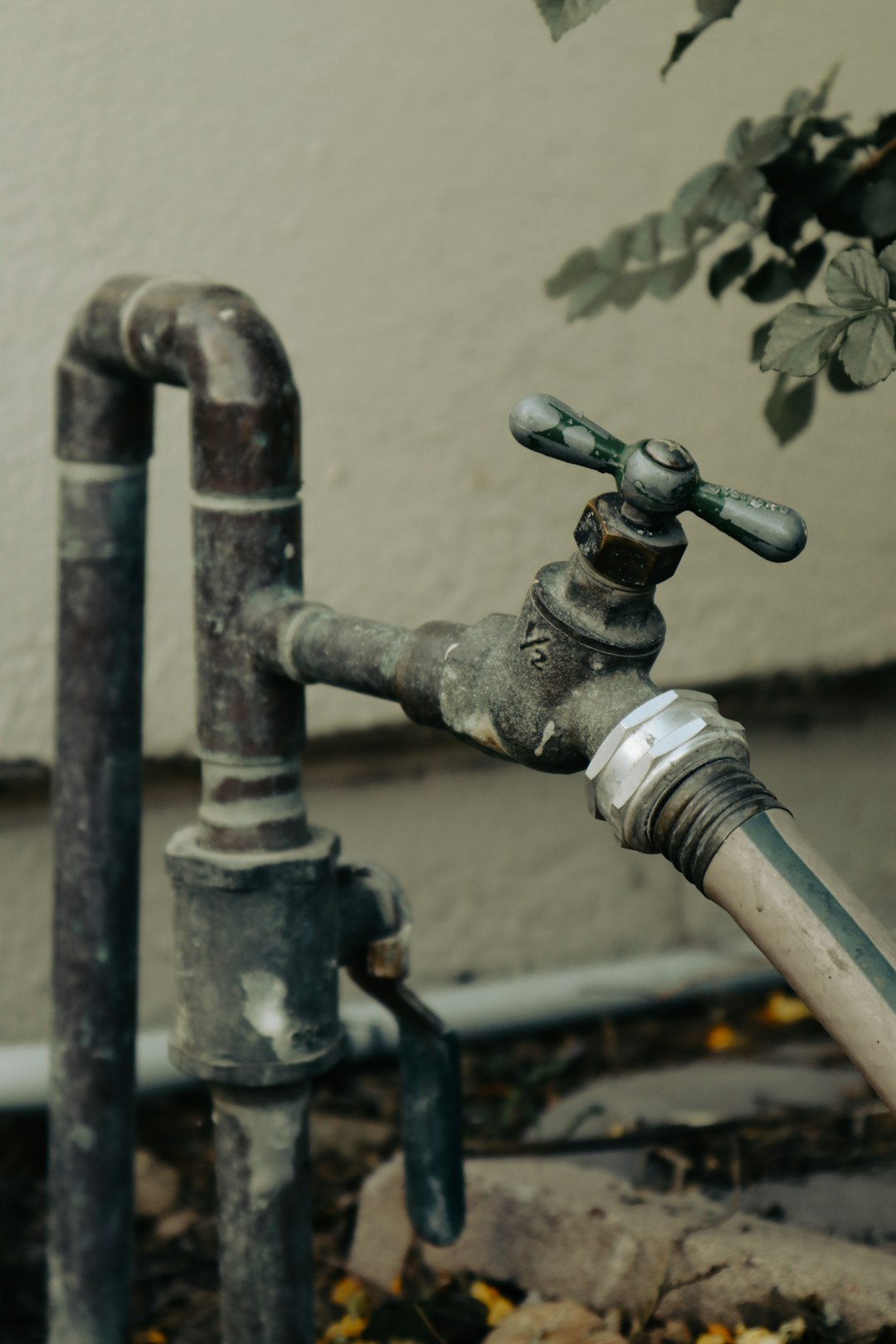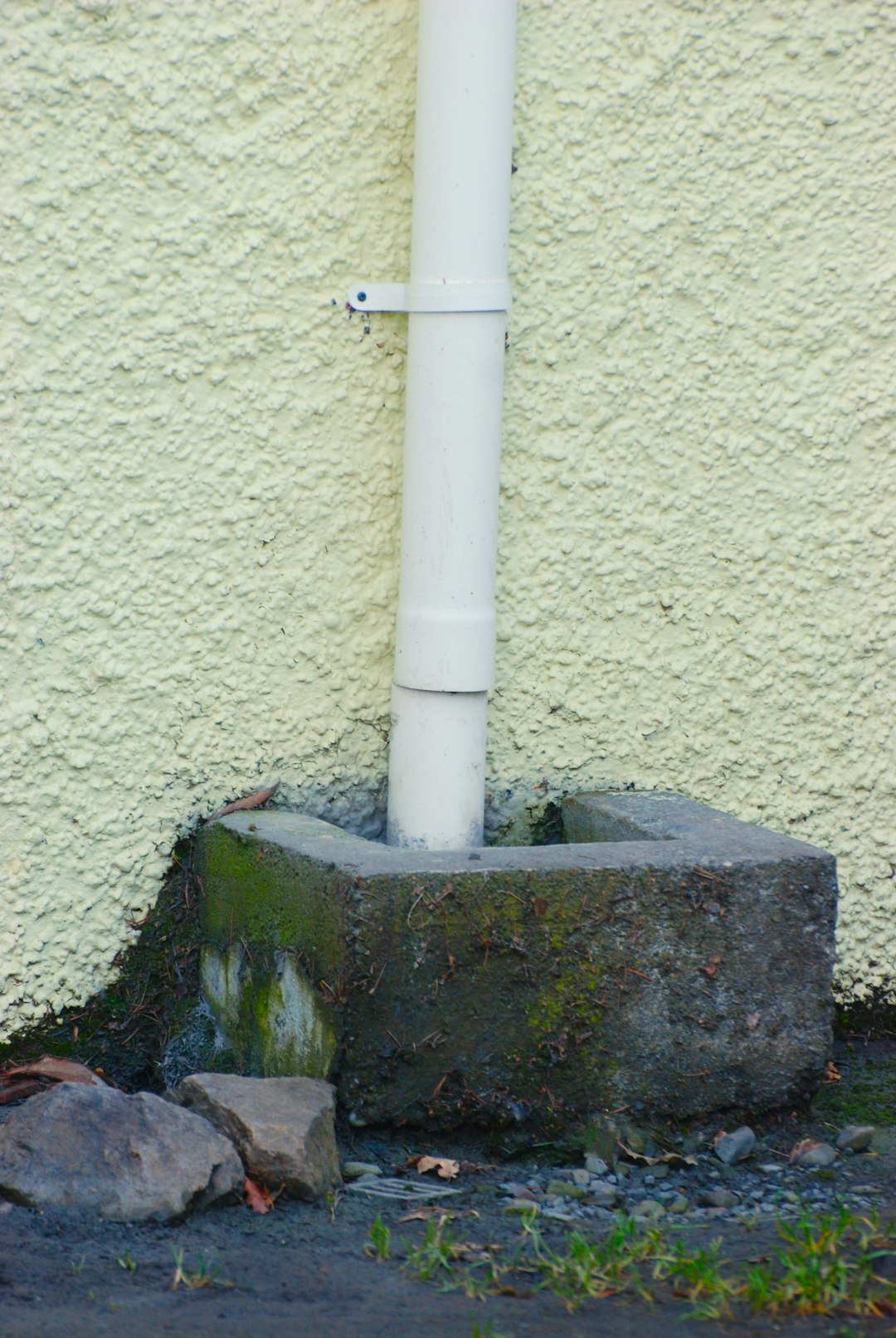Table of Contents
- Introduction
- Preparing for the plumbing inspection
- Scheduling the plumbing inspection appointment
- Conducting a visual assessment of plumbing fixtures
- Testing plumbing systems and components
- Checking for code compliance and safety standards
- Identifying potential plumbing issues and leaks
- Providing a detailed inspection report
- Discussing necessary repairs and maintenance options
- Conclusion
- Frequently Asked Questions
Introduction
Welcome to the intricate world of plumbing inspections, where unseen complexities can lead to significant issues if not addressed properly. Whether you’re a homeowner preparing for a routine checkup or a new buyer wanting peace of mind, understanding the plumbing inspection process is essential. This guide will walk you through the steps, ensuring you are well-equipped to navigate the often murky waters of plumbing inspections.
From identifying potential hazards to recommending necessary repairs, inspectors play a critical role in safeguarding your home’s water systems. But what exactly do they look for? And how can you best prepare for this vital inspection?
In this comprehensive guide, we will delve into the key components of a plumbing inspection. We will also provide expert tips for a smooth process, helping you make informed decisions that can ultimately save you time, money, and unnecessary stress down the line. Let’s dive in and uncover the essential factors that ensure your plumbing is up to code and functioning efficiently.
Preparing for the plumbing inspection
Preparing for a plumbing inspection is a crucial step to ensure that the process goes smoothly and efficiently. First, homeowners should gather all necessary documentation related to plumbing work that has been completed, including permits, receipts, and any previous inspection reports. This information will help the inspector understand what has been done and verify compliance with local codes.
Next, it is essential to ensure that all areas of access to plumbing systems are clear. This includes removing any obstructions from crawl spaces, cabinets, and around fixtures. It allows the inspector to conduct a thorough examination without delays.
Additionally, homeowners should review any specific requirements set by their local inspection authority, as these can vary significantly. This may include scheduling the inspection at a time when all systems are operational to enable a comprehensive evaluation. Lastly, being present during the inspection can facilitate communication and allow homeowners to address any issues immediately.
Scheduling the plumbing inspection appointment
Scheduling a plumbing inspection appointment is a crucial step in ensuring that your plumbing system is functioning properly and complies with local codes. The first step in this process is to contact your local government or plumbing authority to understand the requirements and regulations in your area. Most regions have specific guidelines regarding when and how inspections should take place.
Once you have gathered the necessary information, the next step is to choose a suitable date and time for the inspection. It is advisable to schedule the appointment at a time when you can be present, as you may need to provide access to various areas of your property. Keep in mind that inspectors often have busy schedules, so it is prudent to book your appointment well in advance.
After scheduling, ensure that all necessary documents, such as permits and plans, are prepared ahead of time. This will help the inspector perform a thorough evaluation, ensuring that all aspects of your plumbing system meet safety and quality standards.
Conducting a visual assessment of plumbing fixtures
Conducting a visual assessment of plumbing fixtures is a crucial step in the plumbing inspection process. This involves carefully examining various components such as sinks, toilets, bathtubs, and pipes for any visible signs of wear, damage, or leaks. Inspectors should look for cracks, corrosion, and signs of water damage around fixtures, which can indicate underlying issues.
It’s also important to check for proper installation, ensuring that fixtures are securely fastened and aligned correctly. Dysfunctional fixtures or those that don’t meet local building codes can lead to significant problems if not addressed promptly.
Additionally, inspectors should examine the condition of the plumbing supply lines and drainage systems connected to these fixtures. Any visible leaks, rust, or deterioration may signal the need for repairs or replacements.
By performing a thorough visual assessment, inspectors can identify potential issues early on, saving homeowners from costly repairs and ensuring the overall safety and functionality of the plumbing system.
Testing plumbing systems and components
Testing plumbing systems and components is a critical step in ensuring their functionality and safety. The inspection process typically begins with a visual examination of all exposed pipes and fixtures to identify any signs of leaks, corrosion, or damage. After the initial inspection, a pressure test may be conducted on water supply lines to ensure they can withstand normal operating pressures without leaking. This involves sealing off sections of the system and monitoring the pressure for any drops, which would indicate a leak.
Additionally, drainage systems are tested for proper flow and to ensure there are no obstructions. This can involve running water through the system to observe the drainage speed and checking for any backups or slow areas. Fixture installations are also evaluated for leaks and proper operation. Each component, from sinks to toilets, undergoes functional testing to confirm they fulfill their intended purposes without issues. Finally, the results of these tests are documented, serving as a reference for future inspections and repairs.
Checking for code compliance and safety standards
During a plumbing inspection, checking for code compliance and safety standards is a critical step that ensures the integrity and functionality of a plumbing system. Local building codes dictate the minimum requirements for plumbing installations, and inspectors must verify that all components meet these regulations. This includes evaluating pipes, fittings, fixtures, and drainage systems to ensure they are installed correctly and made from approved materials.
Additionally, safety standards address potential hazards, such as leaks, cross-connections, and water quality issues. Inspectors will look for proper ventilation and ensure that hot water tanks are installed with safety relief valves. Another key aspect is checking for any signs of wear or damage that could lead to future problems. Compliance with these codes is not only essential for the longevity of the plumbing system but also for the safety of the occupants in the building.
Ultimately, a thorough inspection focused on code compliance and safety standards helps prevent costly repairs and ensures that the plumbing system operates efficiently and safely.
Identifying potential plumbing issues and leaks
Identifying potential plumbing issues and leaks is a crucial step in maintaining a safe and functional plumbing system. First, homeowners should regularly check visible pipes, joints, and faucets for any signs of corrosion, water stains, or dampness. These indicators may point to leaks that could lead to more significant problems if not addressed promptly.
Additionally, monitoring water pressure can provide insights into plumbing health. A sudden drop in pressure may signal a leak somewhere within the system.
Homeowners can also conduct a simple test by checking their water meter before and after a period of no water usage; if the meter changes, there may be a hidden leak.
Another common area to inspect is around toilets and under sinks, where leaks often occur due to worn seals or faulty connections.
Finally, being attentive to unusual sounds, such as dripping or hissing, can also aid in identifying plumbing issues early on. Proactive identification of these issues can prevent costly repairs and ensure the longevity of the plumbing system.
Providing a detailed inspection report
Providing a detailed inspection report is a crucial step in the plumbing inspection process. This report serves as an official record of the condition of the plumbing system and highlights any issues that were identified during the inspection. The report should include a comprehensive description of the plumbing system, including its components such as pipes, fixtures, and appliances.
Furthermore, it is essential to document the location and nature of any defects or code violations discovered during the assessment. Photos can be included to visually support the findings, making it easier for the property owner to understand the issues at hand.
In addition to identifying problems, the report should also provide recommendations for repairs or maintenance needed to ensure the plumbing system functions efficiently and safely. Clear communication is vital; therefore, the report should be written in simple language, avoiding technical jargon as much as possible. A detailed inspection report not only helps in maintaining the integrity of the plumbing system but also serves as a valuable tool for future inspections.
Discussing necessary repairs and maintenance options
After a plumbing inspection, it is essential to discuss any necessary repairs and maintenance options to ensure the plumbing system works efficiently. The inspector may identify issues such as leaks, corrosion, or faulty fixtures, which require immediate attention.
For example, a small leak, if left unaddressed, can lead to significant water damage and mold growth over time. Maintenance options can include regular inspections, routine cleaning of drains, and the use of preventative products that help maintain system integrity.
Additionally, homeowners should consider upgrading old fixtures or pipes to more efficient models, thereby reducing water waste and improving overall functionality.
It is also vital to educate residents about the signs of plumbing issues, such as unusual noises, slow drainage, or unexpected increases in water bills.
By discussing these necessary repairs and maintenance options with a qualified plumber, homeowners can make informed decisions about their plumbing systems, ensuring longevity and reliability.
Conclusion
In conclusion, navigating the plumbing inspection process is vital for maintaining a safe and efficient plumbing system. By preparing adequately, scheduling appointments wisely, and understanding the inspection process, homeowners can prevent potential issues that could arise down the line. Identifying and addressing problems early, keeping abreast of code compliance, and discussing repair options with professionals are essential steps in ensuring your plumbing system remains in optimal condition. Don’t leave your plumbing to chance – take proactive measures to safeguard your home. If you’re facing any plumbing concerns or need assistance with an upcoming inspection, don’t hesitate to reach out for expert help. Call 573-555-2121 today to get the plumbing assistance you need, ensuring peace of mind and reliable performance for your plumbing system.
